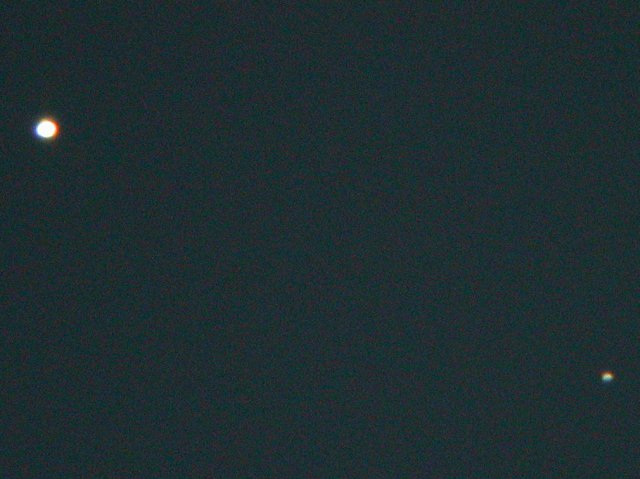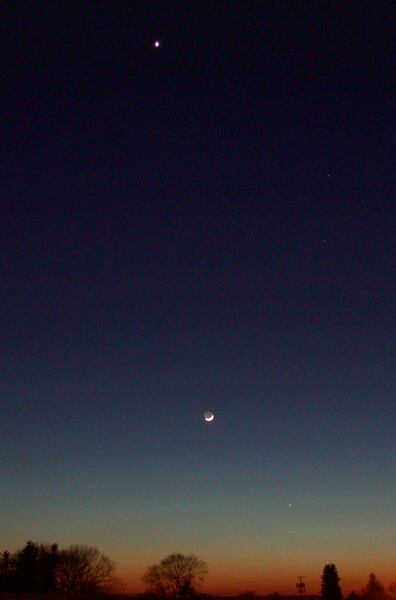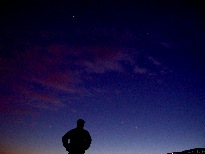
| < |
Home / |
Astronomy / |
Planets / |
Group |
> |
|---|
 |
| Mercury (left) and Venus (right), 2005/6/27 |
 |
| Mercury (right) and Venus (left) in a telescope, 2005/6/27 |
 |
| Venus, the Moon, and Mercury, 2004/3/22 |
 |
| A view of 6 planets |
 |
| A Comparison of 5 planets |
 |
| A Comparison of 4 planets |
| < |
Home / |
Astronomy / |
Planets / |
Group |
> |
|---|